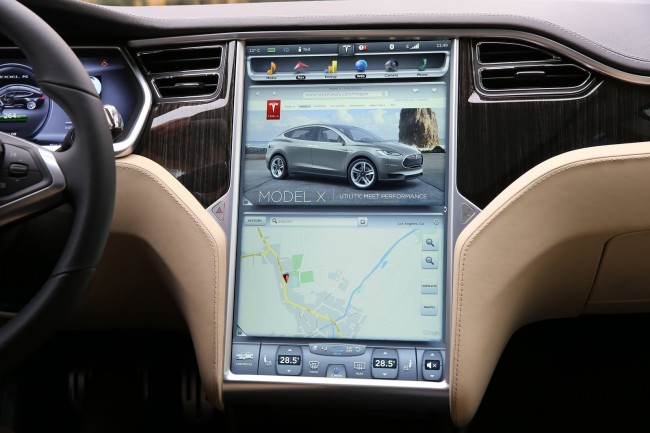
Arkyd Series 200 Interceptor, as Envisioned by Planetary Resources Planetary Resources Inc.
Rather than sending humans into deep space, why not bring the asteroids to us?
NASA’s (and President Obama’s) vision for sending a manned space mission to a distant asteroid by the 2020s doesn’t seem to be gaining much steam, but a conceptual mission under development by the Keck Institute for Space Studies in California could bring an asteroid much closer to home in that timeframe. An estimated $2.6 billion could fund a mission that would send a robotic spacecraft out into interplanetary space and drag an asteroid into orbit around the moon where robots and even humans could explore it far more conveniently.
The reasons for doing this are many. For one, a manned mission beyond the moon to a faraway asteroid would likely take six months or more to reach even the closest passing asteroid of interest. During that time out from under the protective umbrella of Earth’s magnetic field, astronauts would be exposed to long periods of cosmic radiation–the effects of which aren’t exactly defined. Moreover, it would be costly, dangerous, and might not yield that much scientific benefit. But an asteroid in orbit around the moon meshes well with some other initiatives NASA has cooking, including placing a fixed space station at a Lagrange point on the far side of the moon from which human inhabitants could tele-robotically explore the moon (and, if available, an asteroid).
The Keck concept calls for an Atlas V rocket to launch a slow-moving, solar/ion powered spacecraft toward a rendezvous with a target asteroid. This wouldn’t be an Earth killer or anything even close–the Keck study calls for something in 20-25 feet wide. The spacecraft would then literally haul the asteroid in a huge bag back to lunar orbit. Total mission duration: six to 10 years.
NASA’s not the first entity to speak seriously of moving asteroids into more favorable orbits for human observation (and consumption). Last year billionaire-backed private space startup Planetary Resources announced an ambitious agenda to explore and mine minerals from asteroids, including potentially moving a target asteroid from deep space into an orbit more accessible to mining robots. The idea is not only to extract minerals for export back to earth, but also to create “orbital gas stations” where water ice on asteroids could be processed into hydrogen and oxygen to refuel rockets in space. That’s an idea that’s also been kicked around NASA over the years where the future of deep space travel is concerned. Pulling a small asteroid into lunar orbit would be a good start.
[New Scientist]



from Popular Science – New Technology, Science News, The Future Now













